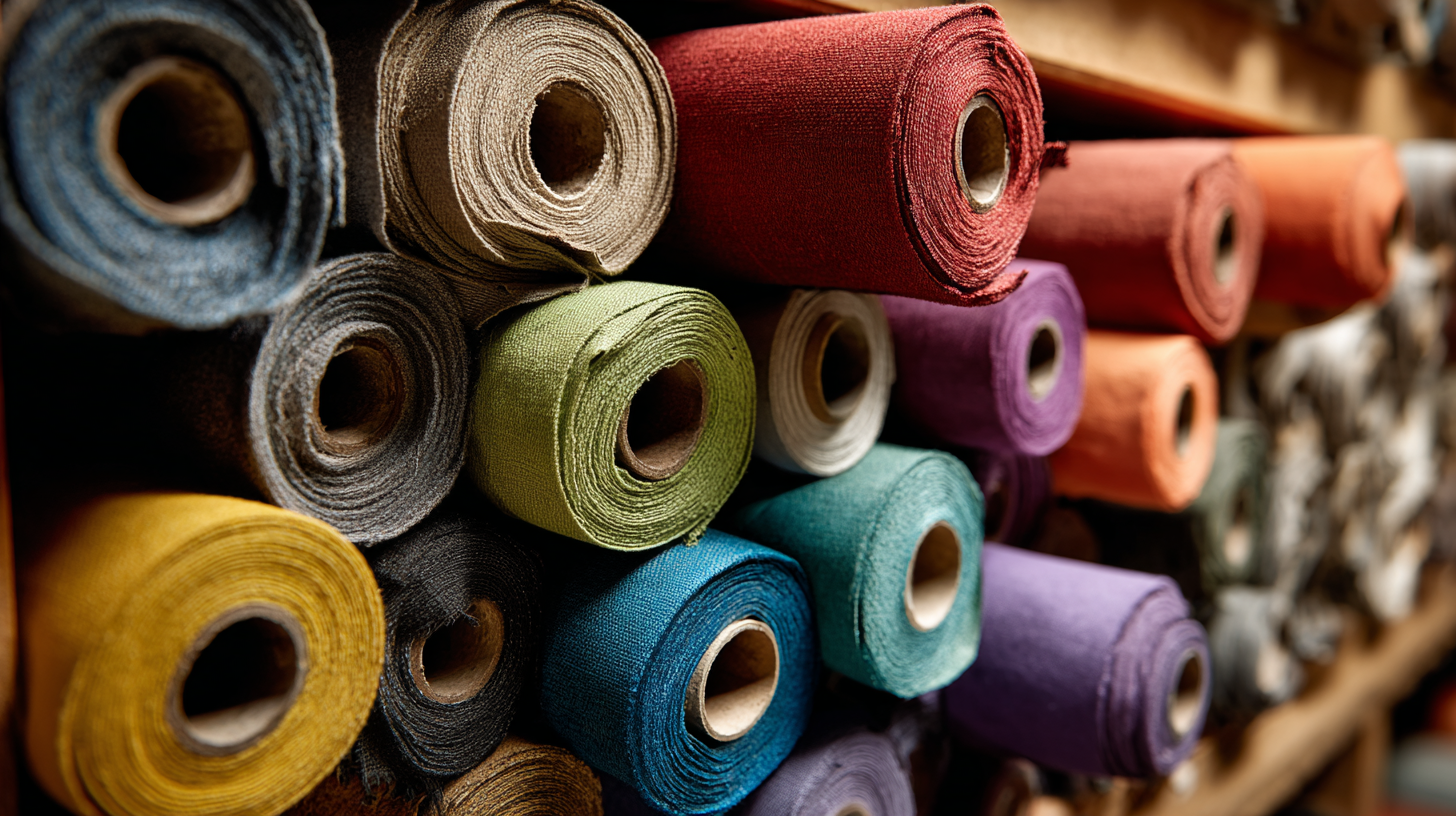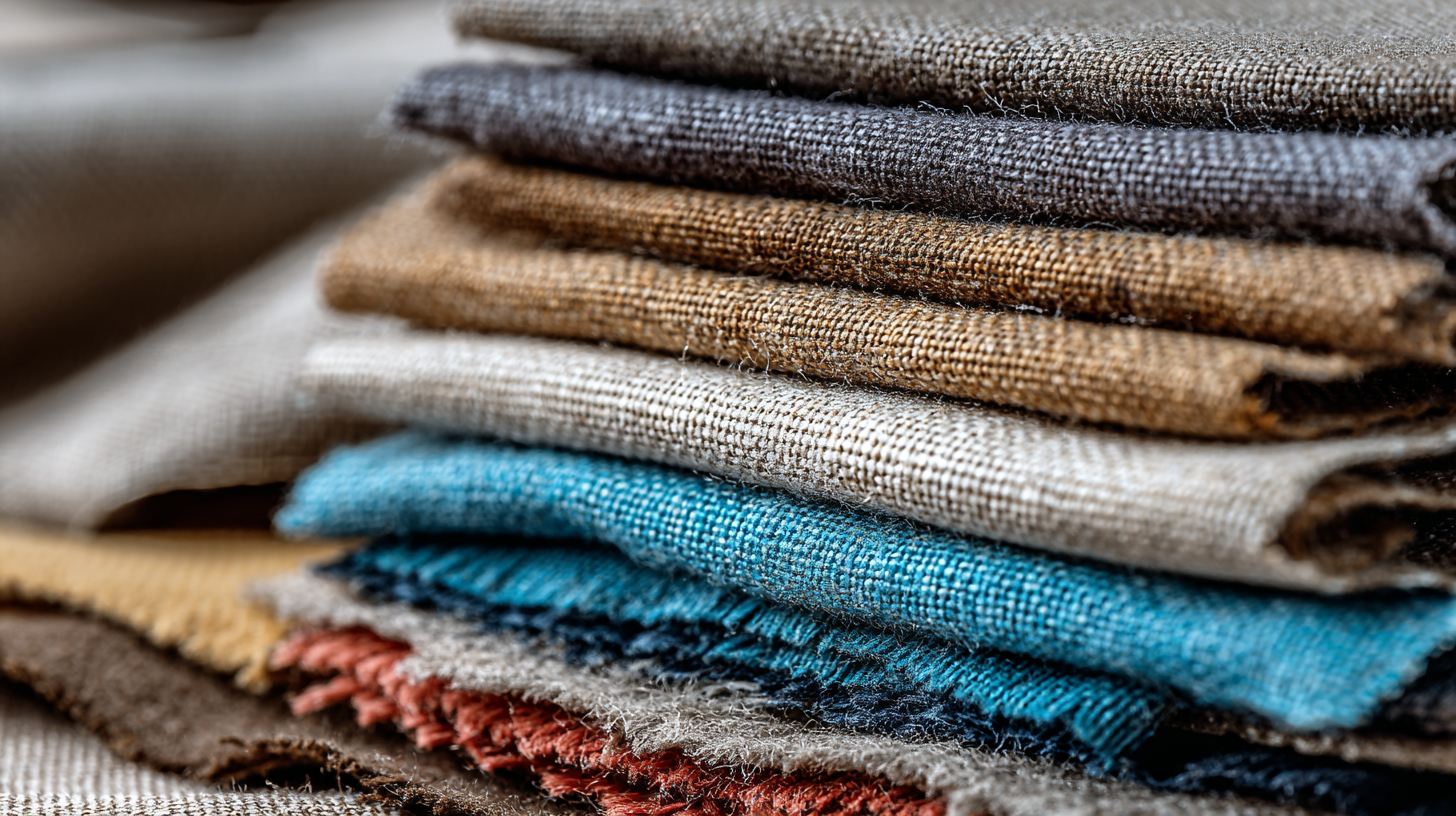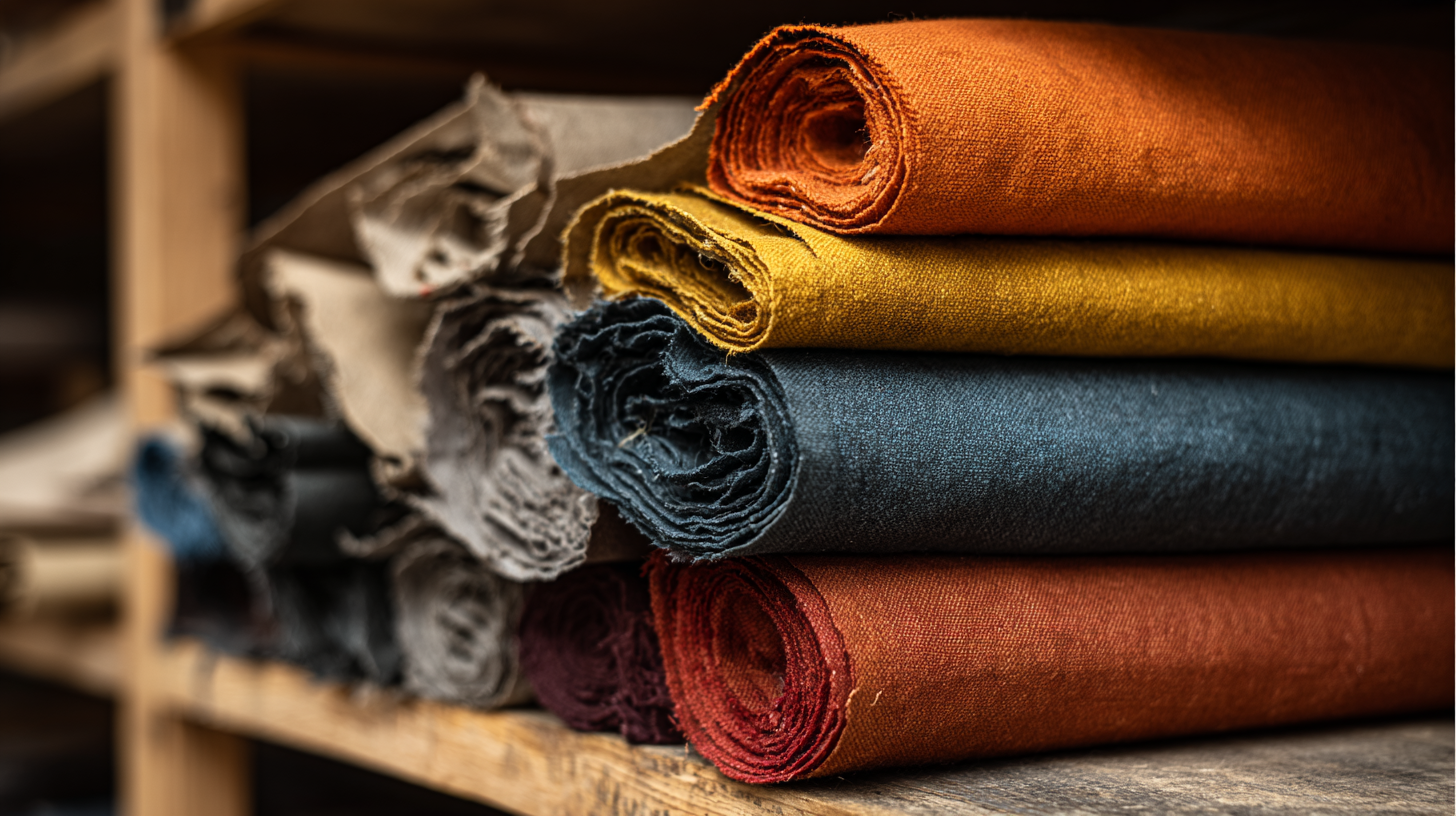In an era where sustainability is paramount, choosing the right materials for your projects becomes essential, particularly when it comes to fabric. Recycled Canvas Fabric has emerged as a popular choice for eco-conscious creators looking to minimize their environmental impact without sacrificing quality or aesthetic appeal. This guide will delve into the important factors to consider when selecting the best Recycled Canvas Fabric for your sustainable projects. From understanding the different types of recycled canvases available to assessing their durability, texture, and environmental certifications, we aim to equip you with the knowledge needed to make informed decisions. By prioritizing recycled materials, you not only contribute to a greener planet but also embrace the growing trend of sustainable design in various applications, from fashion to home decor. Join us as we explore how to navigate the world of Recycled Canvas Fabric and make choices that reflect your commitment to sustainability.

Recycled canvas fabric has emerged as a prominent choice for sustainable projects, combining durability and eco-friendliness. Understanding the various types of recycled canvas can help you make informed decisions when selecting materials for your creations. The primary benefit of recycled canvas is its ability to reduce waste, as it repurposes post-consumer materials, such as recycled cotton or polyester. Reports indicate that using recycled fibers can diminish water and chemical use by up to 50%, demonstrating a significant stride towards sustainability in the fashion industry.
Moreover, the textile manufacturing process of recycled canvas fabric contributes to a lower environmental footprint. By utilizing materials that would otherwise end up in landfills, this fabric not only minimizes waste but also reduces the reliance on virgin resources. Fast fashion, known for its high environmental costs, stands to benefit from innovations in recycling technology that enable the reuse of materials, thus offering a more sustainable alternative without compromising on quality. With consumer awareness and demand for eco-friendly options rising, the fashion industry is gradually shifting towards a more sustainable model, paving the way for materials like recycled canvas fabric to become a staple in environmentally conscious fashion.

When selecting recycled canvas fabric for your sustainable projects, it’s essential to consider several key factors to ensure you make the best choice. First and foremost, evaluate the source of the recycled materials. Fabrics made from post-consumer waste, such as discarded clothing or industrial scraps, significantly reduce environmental impact and promote a circular economy. Verify the supplier's sustainability practices to ensure that the fabric aligns with your values.
Another vital factor is the weight and durability of the canvas. Depending on your project, you may need a heavier, more robust fabric for items like bags or outdoor gear, while lighter options might suffice for crafts or home decor. Additionally, look for fabrics that have undergone eco-friendly processes, such as non-toxic dyeing techniques, which further minimizes environmental harm. Lastly, consider the fabric's texture and appearance to ensure it meets your aesthetic requirements, creating beautiful and sustainable products.
When selecting the best recycled canvas fabric for your sustainable projects, durability is a key factor that varies significantly among different grades. The higher the grade of recycled canvas, the better its performance in terms of resilience, washability, and overall longevity. For instance, a recent industry report indicates that premium recycled canvas can withstand up to 30% more wear and tear compared to standard grades, making it an ideal choice for products that demand longevity.
**Tip:** Always check the denier count of the fabric; a higher denier indicates a thicker and more durable material. Additionally, consider the weather resistance of the canvas if your projects will be exposed to outdoor conditions.
Furthermore, different recycling processes affect the strength and sustainability of the fabric. Fabrics derived from post-consumer waste tend to have better durability than those made from post-industrial waste. According to recent evaluations, fabrics made using eco-conscious methods can last twice as long as their less sustainably sourced counterparts.
**Tip:** Look for certifications that denote sustainable practices in the production process, as this can be an indicator of the fabric’s overall quality and environmental impact.
Recycled canvas fabric presents endless creative possibilities for sustainable projects, offering not only an eco-friendly solution but also a unique aesthetic. From DIY rugs to stylish home decor, the versatility of recycled canvas empowers crafters to transform waste into functional art. For instance, consider making decoupage magnets or painted glass vases, which not only beautify your living space but promote a green lifestyle. Such projects invite individuals to explore their artistic side while contributing actively to environmental conservation.

Additionally, initiatives like environmentally friendly road improvements utilizing recycled materials further emphasize the growing trend of sustainability. As communities begin to embrace circular design principles, like utilizing waste materials in new applications, everyday creations gain both purpose and meaning. Whether it’s crafting for Earth Day or creating upcycled gifts, sustainable projects with recycled canvas inspire individuals to reimagine their resources. Embracing these eco-conscious projects fosters a spirit of innovation while nurturing a sustainable future.
When it comes to maintaining and caring for your recycled canvas creations, the right approach can ensure their longevity and beauty. One of the key tips is to always check the manufacturer's care instructions, as different types of recycled canvas may have specific needs. Generally, cleaning with mild soap and warm water is recommended, while harsh detergents and bleach should be avoided to preserve the fabric's integrity. For minor stains, a gentle scrub using a soft brush can work wonders without damaging the material.
Storage is another essential aspect of care. To keep your recycled canvas pieces in top condition, store them in a cool, dry place away from direct sunlight, which can cause fading. If you're dealing with bags or other items that need to maintain their shape, consider using padded hangers or stuffing them with tissue paper to prevent creasing. Regularly inspecting your canvas creations for wear and tear allows you to address any issues promptly, ensuring that they not only look great but also stand the test of time.
| Feature | Description | Care Tips |
|---|---|---|
| Material Composition | Usually made from post-consumer materials, like plastic bottles or old clothing. | Check for specific washing instructions based on material. |
| Durability | Resistant to wear and tear, suitable for various projects. | Avoid harsh detergents to prolong fabric life. |
| Eco-Friendliness | Produced with minimal environmental impact, often using less water and energy. | Natural dyes are preferable; avoid bleaching. |
| Color Retention | Vibrant colors, although may fade over time with exposure to sun. | Store items in a cool, dark place when not in use. |
| Texture | Soft yet sturdy, offering a good feel and usability. | Iron on low heat if wrinkled, but avoid excessive heat. |






